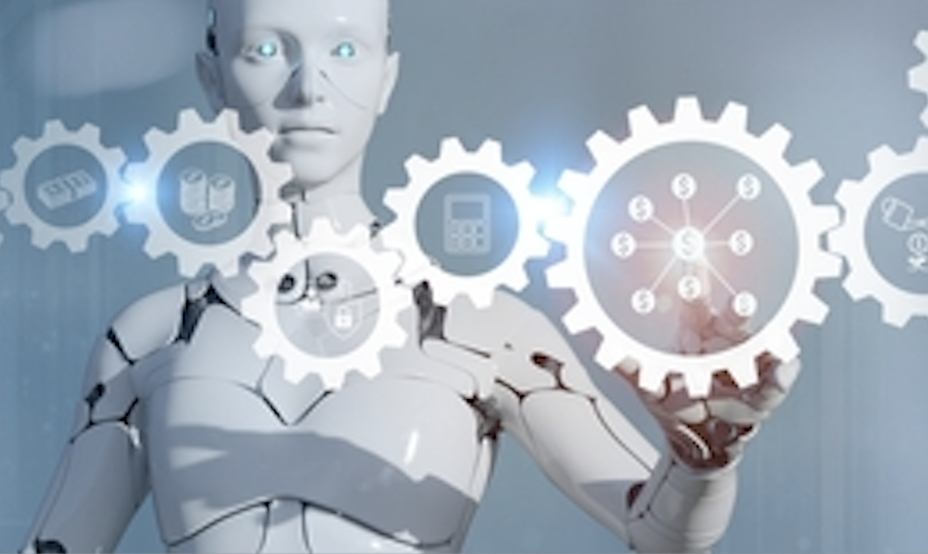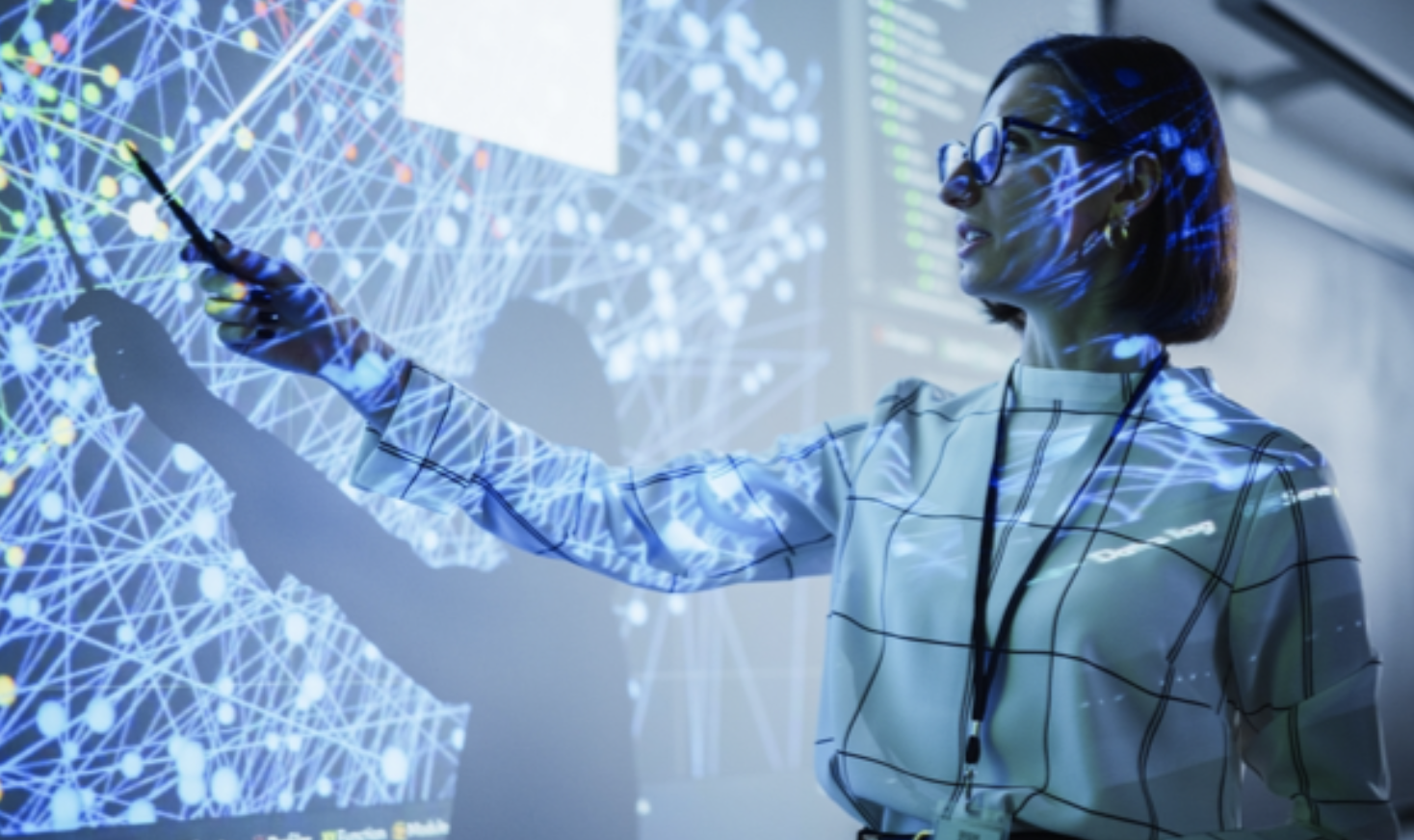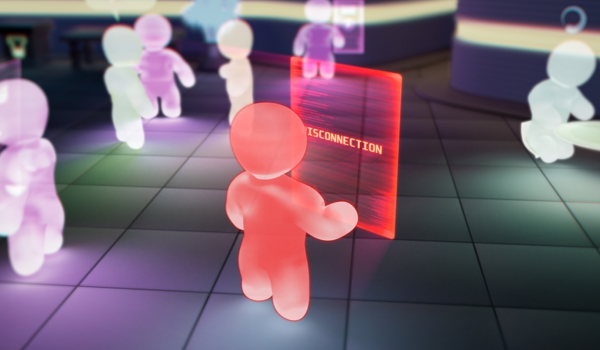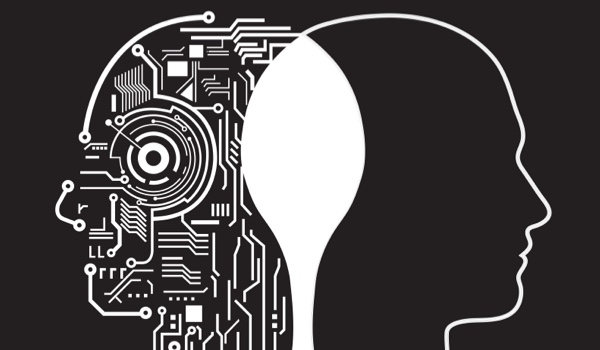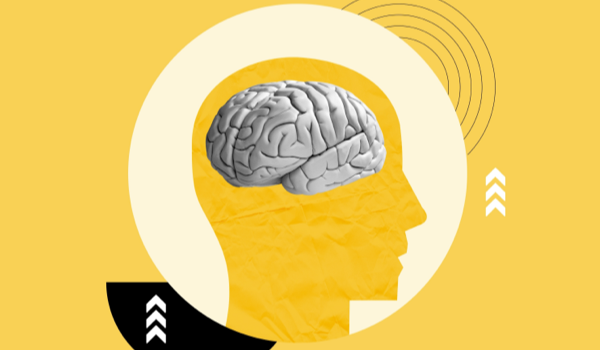


NEW YORK - Single-cell sequencing is a powerful technique for extracting cellular and molecular data at the level of individual cells. This encompasses all types of sequencing, including that in genomics, transcriptomics, epigenomics, proteomics and metabolomics. Unlike bulk sequencing, which generates data in an averaged form, single-cell sequencing provides details from each cell.
Applying this sequencing technique has revolutionized cancer research by providing insights from cells in cancerous lesions. It can also supply information about malignant and immune cells, the heterogeneity of tumors, and the mechanism of the cancer cells in a tumor. All of this helps healthcare providers with diagnosis, prognosis, and target therapy. Thanks to single-cell sequencing, these huge advances in the field of cancer research are improving medical professionals’ understanding of the biological behaviors of tumor cells and helping to detect therapeutic targets for each patient more precisely.
Single-cell sequencing has rapidly progressed in recent years. The first experiments involving single-cell messenger-RNA and DNA sequencing in humans were conducted in 2009 and 2011, respectively. Sequencing at the single-cell level also outperforms previous methods because it reveals the microenvironmental heterogeneity of each cell. Single-cell sequencing also helps to prepare a cell atlas for developmental research. Scientists apply this tool to detect significant markers that differentiate subgroups in multiple disease or treatment conditions.1
Single-cell data are high dimensional
Single-cell sequencing provides huge amounts of information for scientists, but this can also yield cumbersome quantities of data for visualization and downstream analysis. This is because each cell is profiled by its genes, and the corresponding data have thousands
The content herein is subject to copyright by The Yuan. All rights reserved. The content of the services is owned or licensed to The Yuan. Such content from The Yuan may be shared and reprinted but must clearly identify The Yuan as its original source. Content from a third-party copyright holder identified in the copyright notice contained in such third party’s content appearing in The Yuan must likewise be clearly labeled as such. Continue with Linkedin
Continue with Linkedin
 Continue with Google
Continue with Google







 960 views
960 views
